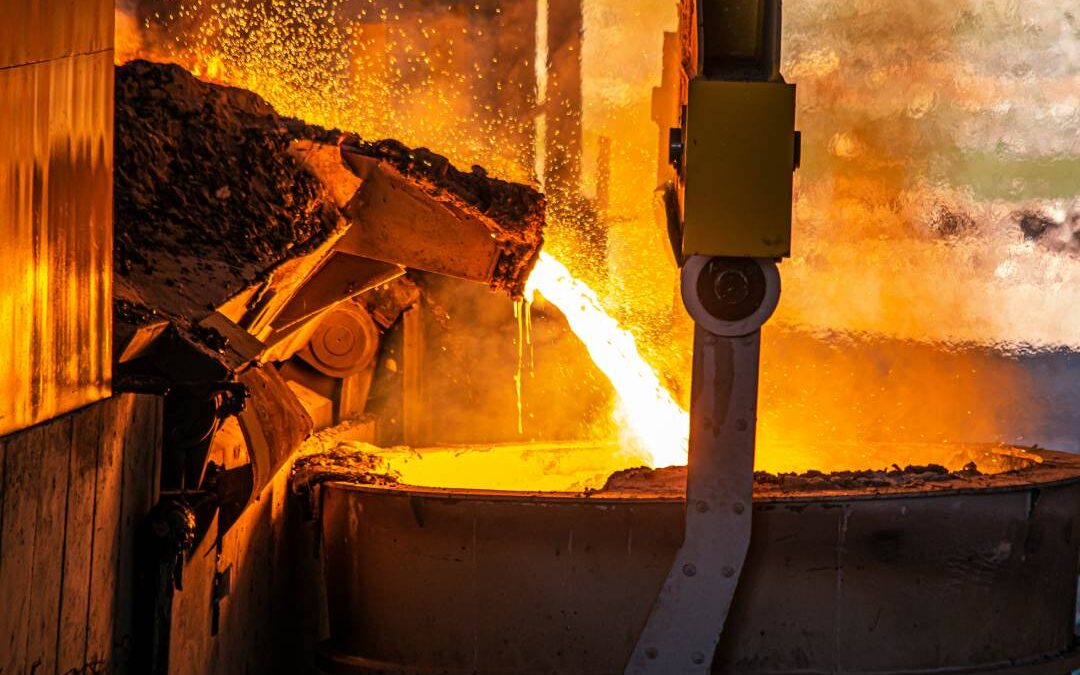Indian Steelmakers to Meet Global Emission Standards by 2030; Says Crisil
Lowering emissions will enhance their environmental credentials and also open doors to new funding avenues.
Domestic steel producers in India are set to achieve a significant milestone in reducing their carbon footprint, according to a report by credit rating agency Crisil. The report, released on March 26, predicts that these companies will meet the current global average for carbon emissions in steel production by 2030.
This goal translates to achieving emissions below 2 tonnes of carbon dioxide per tonne of crude steel (tCO2/tcs). As of the last fiscal year, Indian steelmakers had already reduced emissions to 2.35 tCO2/tcs, down from over 3 tCO2/tcs in 2005. This represents a 65% reduction towards their targeted goal.
Lowering emissions offers several advantages for steel producers. It will enhance their environmental credentials and also open doors to new funding avenues. Crisil highlights the potential for access to “sustainable finance” with lower interest rates and longer loan terms, given the improved ESG profile. This is particularly important considering the expected annual capital expenditure of Rs 55,000-60,000 crore (US$ 6.8 – 7.4 billion) between 2024 and 2027.
According to Crisil, reduced carbon emissions will improve the competitiveness of Indian steel in the export market. As global environmental concerns escalate, adhering to international emission standards becomes crucial for remaining competitive.
However, achieving the 2030 target will require a more aggressive annual reduction rate of 2.3%. This can be achieved by increasing the use of renewable energy sources, expanding scrap-based electric arc furnace (EAF) capacity, and adopting carbon capture technologies, the report said.
Also Read
South Korea’s Top Polluters Profited Millions Through Carbon Sales



